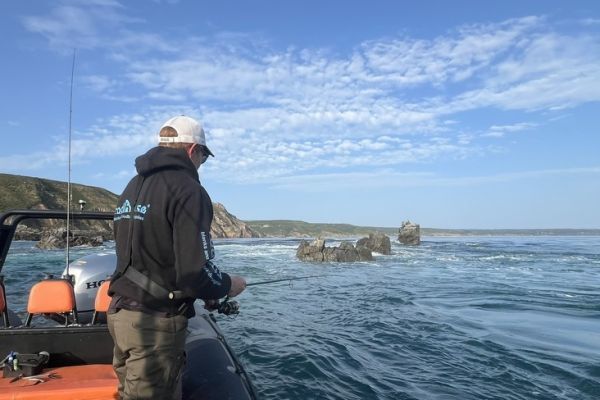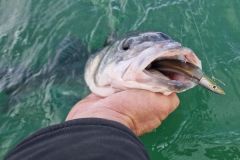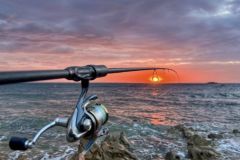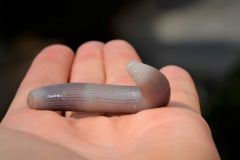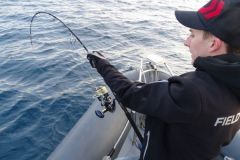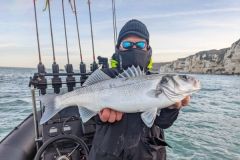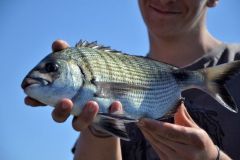Know your fishing zone
A good knowledge of your fishing area will greatly reduce the risk of losing your equipment. Depending on the nature of the bottom, you can fish more or less close to it. Seaweed, rocks or sand... depending on the type, your animations can vary and so can your risk-taking.
When fishing from a boat, drift speed and topography also affect the risk of losing equipment. Areas with strong currents where you can fish drop-offs are risky if you haven't mastered the technique perfectly.
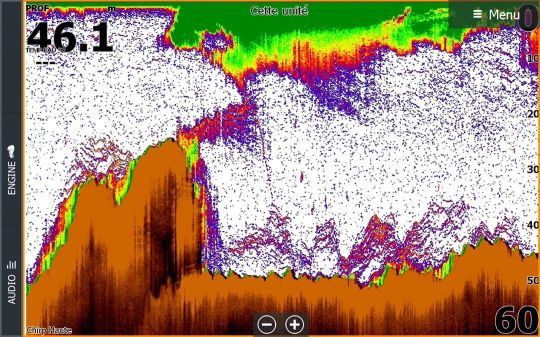
In this situation, you need to know where your lure is at all times: if it's too close to the bottom, you're guaranteed to hit it. On the other hand, if you fish too far from the bottom to limit the risks, you also reduce the number of bites.
Daring to take risks
Getting started in sea fishing requires a substantial investment in equipment. The cost can quickly mount up. It's only natural to try and preserve your lures and limit the risk of hooks and breakage.
Unfortunately, you have to dare to take risks.
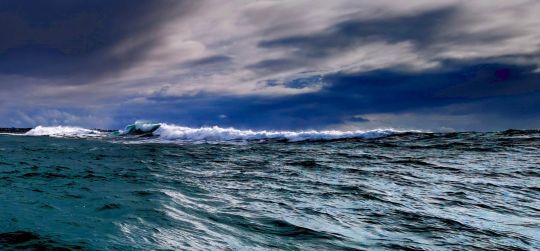
Imagine fishing on wrecks. On these spots, you have to get as close as possible to the scrap metal to catch the fish. The risk of losing equipment is admittedly high.
You might consider limiting this risk by keeping a safety margin with the bottom. If you do this, you considerably reduce your chances of capture. With the fish as close as possible to the wreck, you won't be able to attract them with your lures.
Animate your lures quickly
Hook and break often occur when the lure is in contact with the bottom. Pulling or scratching techniques can often be very equipment-intensive.
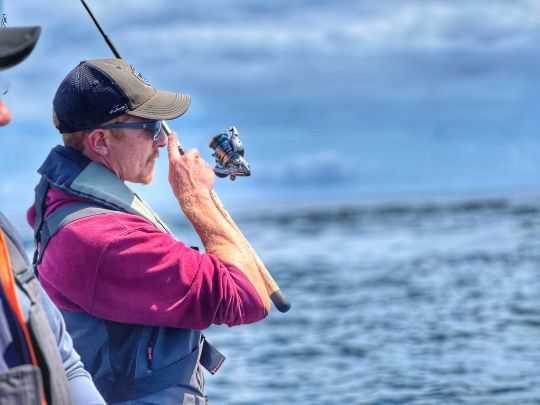
When faced with active fish in fishing areas with very steep underwater relief, I animate my lures quickly so as not to let them make contact with the bottom. Fly fishing is the perfect technique.
For this type of fishing, I like to use a Crazy Sand Eel 150 or 180 leaded from 20 to 35 grams. As a result, I break very little equipment while catching many fish.
Line fishing is often a technique that preserves your equipment. By varying the retrieve speed, you can control the fishing depth. Keep the rod high when retrieving, this also helps to lift the lure into the water and away from the bottom. I often fish this way from the shore. The closer I get to the bank when retrieving the lure, the higher I fish with the rod.
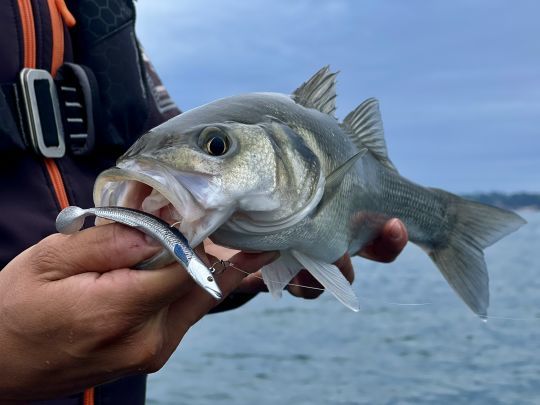
Choose the right mounts to limit snagging
Certain lure configurations are specially designed to reduce the risk of snagging. Among these, the Texan rig, used in particular with the Black Minnow, is distinguished by the position of the hook, placed flush with the back of the lure. This arrangement facilitates passage through seaweed and considerably reduces the risk of snags when fishing with a scraper.
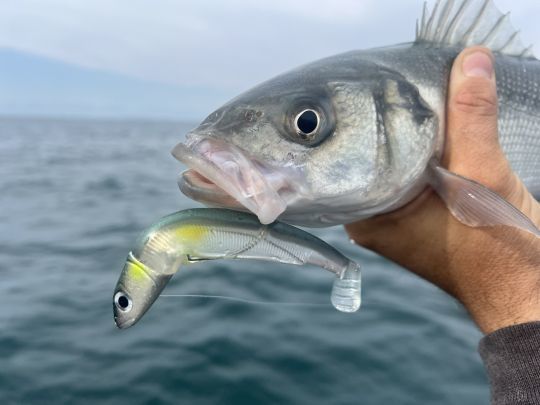
The anti-hooking system goes even further with models like the Dark Sleeper, whose hook is entirely concealed in the lure's dorsal fin. This innovation makes it possible to fish in crowded areas previously inaccessible to soft lures, while greatly reducing the risk of hooking.
These technical advances make it possible to explore new spots while preserving equipment

 /
/ 